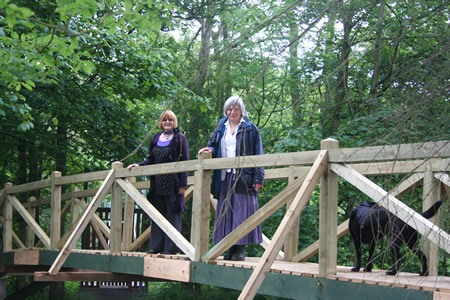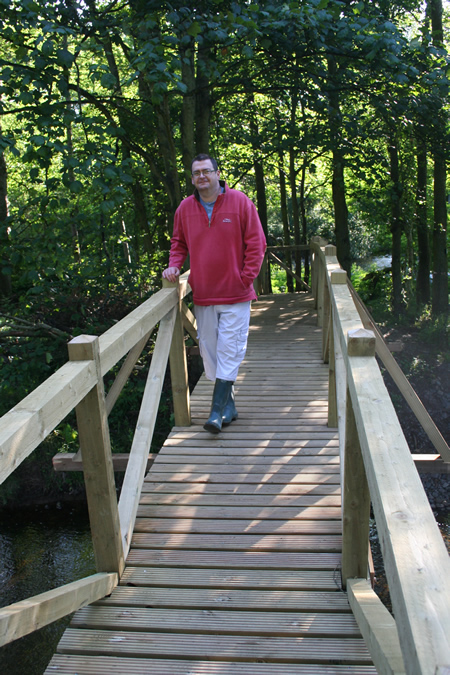These bulletin blogs represent news about Finavon and the South Esk, and my views as a riparian owner. They are not the views of any other organisation, nor are they designed to promote the interests of any individual or organisation other than Finavon Castle Water and factors affecting the fishery. Tony Andrews
These last few days have been hard going. Although we have had 13 sea trout and a couple of salmon so far this week, they have not been easy to catch and, apart from a flurry of both species showing in the Red Brae while Moray was fishing, and two or three salmon lost, very little has been seen breaking the surface. The truth is that June can be doldrums time on the South Esk, with the spring run over and the first of the grilse yet to appear.
In such conditions, with heavy showers making the water level rise and fall sometimes three or four times each day, the fish have been unsettled and the sea trout just kept moving on. People of the doomwatch variety will say, with absolutely no data to justify their pontifications, that this is a bad year for sea trout. I would simply ask, “on what basis are you making that statement, and anyway don’t you mean a bad year for the night fishing sea trout angler?” The likelihood is that this is a great year in conservation termsfor the sea trout of the S Esk when you think that the only reason the fish come into fresh water from the sea is to spawn. Lots of water in the
Elizabeth Petrie & Alison Andrews on Jock Barefoot’s Bridge
river means that their passage upstream to the spawning areas is made easy; much easier than in low water when they have to scramble and slither their way upstream through shallows, risking predation and damage to their fragile scales and fins.
Upriver I see that Inshewan, Cortachy and Downie Park are starting to catch fish, as is usual after the spring run have left the comfortable pools and streams of the lowland river for the gorges and cataracts of the highland river above us. But these are not the best conditions for the iconic sport of night fishing for sea trout. We need the river to settle and clear, when there may be some sea trout in the pools for us to catch. Let’s see. Next week looks as though it may be more settled.
Simon Walter, our website designer, testing Jock Barefoot’s Bridge
We may have seen a grilse or two, but the majority of the salmon we are still seeing are the remnants of the spring run of multi sea-winter salmon, with a few of their summer MSW cousins. Our syndicates on Bogardo and Indies Beats are doing well in these difficult conditions. If the river settles down and the grilse start arriving the fishing will improve. Let’s hope that George Pullar gets his nets out on time this Friday to allow a few grilse into the river. In the past the statistics show that the Usan nets snap up over 90% of our grilse. You could let a few hundred into the river this year, couldn’t you George? Surely you don’t need all of them?
Postscript written on 2 July. As the river level has dropped over the last 24 hours, and the colour faded from the water, we are seeing a few good fish – both salmon and sea trout – in FCW pools, but nowhere near the numbers we would have seen had there not been two weeks of continuously high water. I am in little doubt that the bulk of the sea trout run is now through the lower and middle river. Unless there is a further run of fish, that probably means that sea trout fishing will continue to be difficult for the rest of this season. But it will be interesting to see how Cortachy and Downie Park get on in the coming week, which is traditionally one of their big sea trout weeks of the year. As I said above, these conditions are fine for sea trout conservation, but not so good for anglers. Never mind: there’ll be another year!
TA

